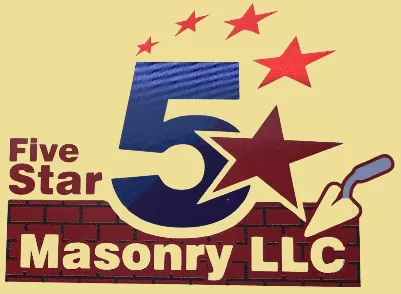A Closer Look at Two Distinct Building Techniques
When considering building or landscape projects, understanding the difference between dry and mortared stone methods is crucial. These techniques define not only the aesthetic of your project but also its durability and maintenance needs. Each method has its own strengths and potential drawbacks, making it important for you to choose the right one for your specific needs.

What Is Dry Stone Construction?
Dry stone construction involves stacking stones without any binding material like mortar. This technique relies on gravity and friction to hold the structure together. The method dates back centuries and is often used in rural settings for walls and structures where flexibility and drainage are key. The natural look of dry stone makes it a popular choice for garden walls and rustic architecture.
Understanding Mortared Stone Structures
Mortared stone structures utilize a cement-based paste to bind stones together. This method adds strength and stability to the construction, making it suitable for larger buildings and areas subjected to heavy use. Mortared structures provide a solid appearance and are often employed in formal garden settings or urban landscapes where precise alignment and detail are necessary.

The Role of Flexibility in Construction
One significant advantage of dry stone masonry is its flexibility. Because there’s no mortar, the stones can shift slightly over time without cracking or collapsing. This flexibility allows these structures to withstand ground movement and changing weather conditions better than rigid mortared constructions.
Durability Considerations
While both types of construction offer durability, their longevity depends on environmental factors and usage. Dry stone structures excel in areas where drainage is essential because water can pass through without causing damage. On the other hand, mortared structures are preferred when a waterproof barrier is needed since the mortar creates a solid seal.
Maintenance Needs
- Dry stone: Requires periodic checking for loose stones but generally low maintenance
- Mortared: May need repointing or repair over time as mortar can degrade
Your choice will impact how much maintenance effort you’re willing to invest over time.
Cost Implications
The cost differences between these two methods stem from materials and labor. Dry stone can be less expensive since it doesn’t require mortar, but it demands skilled craftsmanship to ensure stability. Mortared projects may cost more initially due to materials but can save money long-term with lower maintenance costs.
Choosing the Right Method for You
Your decision should consider the project’s purpose, location, and aesthetic preference. If you seek a rustic look with organic drainage capabilities, dry stone might be ideal. In contrast, if you prioritize structural integrity and a polished finish, mortared stone could be more suitable.
Make Your Project Stand Out With Expert Guidance
If you’re planning a new construction or landscaping project, reach out for professional advice tailored to your specific requirements. At Five Star Masonry LLC, we specialize in helping clients achieve stunning results with both techniques. Contact us at (720) 821-3420 today to discuss your vision. Whether you’re located in Westminster, CO or beyond, our team is here to bring your ideas to life with unmatched expertise and commitment to quality.
